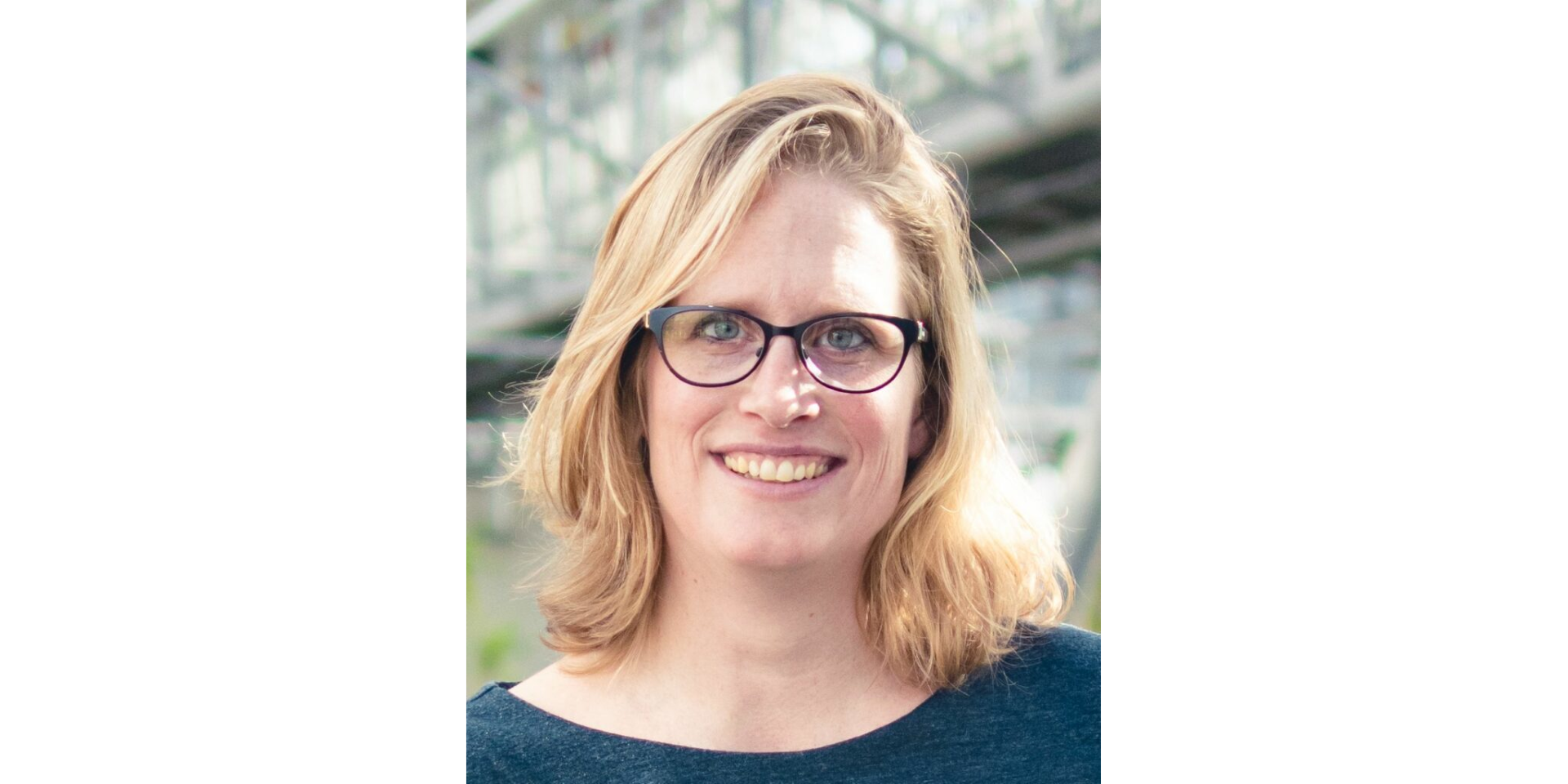My name is Anne Land and I am a researcher in informal science education at Leiden University in the Netherlands. In the past I have also worked as an educator/curator in a science museum and since then I have a love and interest for the field of learning in science museums.
What are the main topics of your work?
My research
After my time at the Museon in the Hague I got the opportunity to do a PhD in informal science education and then a postdoc where I could pick my own research aims. So, I started collaborating with science museums in the Netherlands to learn more about how real objects play a role in the visitor experience and visitor learning. Usually, we work with master students who perform the research in close collaboration with both the university and the museum. This way we make sure the research is interesting to the practical as well as the academic field. For example, together with Naturalis Biodiversity Center we found out how children interpret the authenticity of dinosaur fossils and how questions on object labels can impact family conversations.
Other topics that I am working on are citizen science, particularly motivation and learning impact of participants, and measuring the impact of science communication. In addition, I enjoy teaching about these topics to science master students as well.
In your opinion, what characterizes “learning in a museum”?
Learning in science museums
When I talk about learning in science museums, I use a broad definition of what learning means. For me it goes beyond knowledge or understanding and should also include increasing curiosity, interest, excitement, it includes acquiring new skills or even changing attitudes, behaviors and making visitors feel like they could be part of science themselves. I think science museums are perfect places to specifically contribute to the more affective types of learning outcomes where people get inspired to learn more after their visit to a museum. It’s less important that someone leaving the museum still remembers how many toe bones a T rex has than that they are excited about becoming a paleontologist in the future, or that they want to also buy a book about dinosaurs. I think the fact that science museums offer real objects and real science makes them unique places of learning. And now that digital technologies are developing rapidly, science museums are reinventing themselves to keep offering these unique experiences. Digital technologies can offer ways to really bring out the context and history of authentic objects and provide even deeper engagement with those objects. I think it is really exciting to think about these opportunities and as a researcher to really try to understand how we should do this effectively.
What do you expect from the BILAD network?
Collaborating in the BILAD network
In the Netherlands I do not know other researchers who are studying authenticity in science museums or the interaction with digital technologies. I did know and used the work of several other researchers on this topic. So, I was very excited to become part of the BILAD network and collaborate with some of these and other researchers. I look forward to learning from all the different perspectives and to contribute my piece of experience and knowledge.
